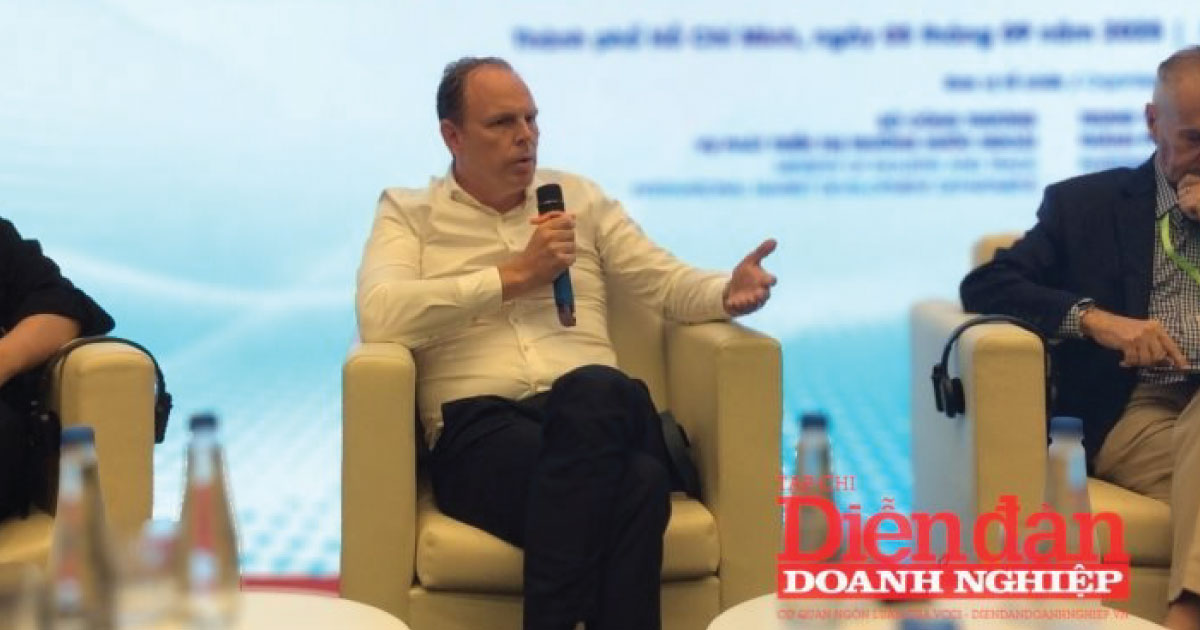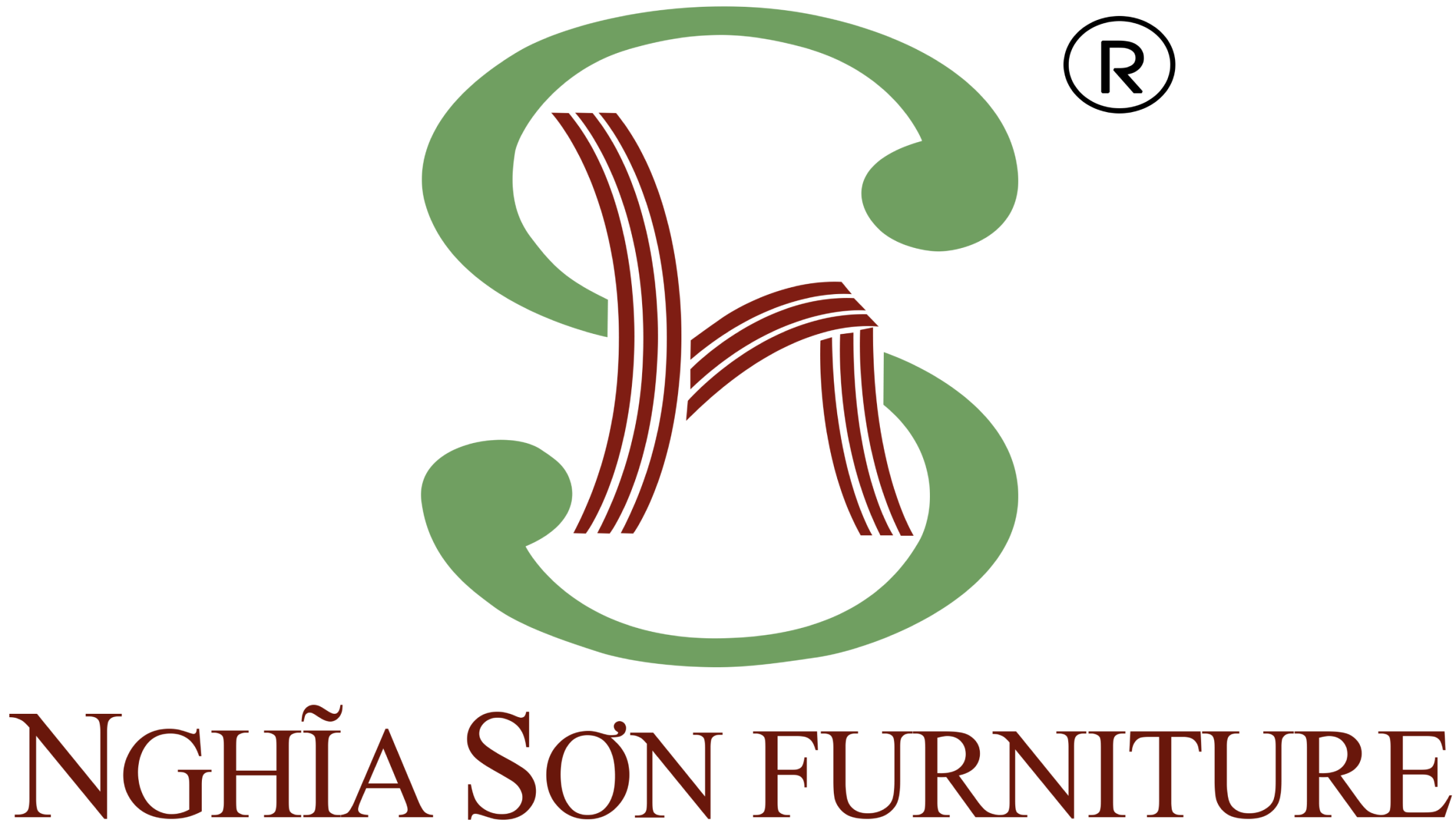Survival strategy of export enterprises

To access international markets, businesses must go step by step, taking advantage of e-commerce platforms like Alibaba and participating in international fairs, as well as domestic fairs.
Vietnam has a highly open economy and many bilateral and multilateral free trade agreements. According to Mr. Do Quoc Hung – Deputy Director of the Department of Foreign Market Development, Ministry of Industry and Trade – Vietnam has achieved a total import-export turnover of more than 786 billion USD in 2024, of which export turnover reached more than 400 billion USD. However, 70% of total export turnover is still concentrated in key markets such as the United States, EU, Japan, Korea, China and ASEAN. This situation poses an urgent problem: if these markets have any policy adjustments on tariffs, environment or recession that reduce consumer demand, Vietnam’s exports in general and businesses in particular will be seriously affected. Therefore, market diversification becomes a vital strategy.
The “sustainable” Nordic market

Mr. Per Ljungblad – Natural Fiber Product Development Manager Southeast Asia, IKEA Group.
For the Nordic countries of Sweden, Denmark, Finland, Norway and Iceland, these are not only strong economies but also have very high demands on product quality and prioritize social and environmental values. Consumption trends in this region are changing rapidly, focusing on sustainability, environmental protection and responsible production.
Per Ljungblad, IKEA’s Natural Fibres Business Development Manager for Southeast Asia, said that in the current volatile market environment, it is necessary to diversify supply sources and Vietnam plays an important role in building a more sustainable supply chain. Per also stressed that European customers expect IKEA to offer more sustainable options, such as recycled plastics and fast-growing materials with low CO₂ emissions. Materials such as bamboo and water hyacinth, which are abundant in Vietnam, have been used by IKEA for more than 30 years and are considered sustainable by European customers.
To reduce dependence on certain countries and have more sourcing options, IKEA sees Vietnam as a solution, but it is important that raw materials are sourced locally.
Mr. Huynh Le Dai Thang – Member of the Executive Committee of the Handicraft and Wood Processing Association of Ho Chi Minh City (Hawa), Director of Nghia Son Furniture Company – also shared about the major challenges that the Vietnamese wood industry is facing. According to Mr. Thang, from December 31 this year, all wood products exported to Europe must comply with EUDR standards, which means that the origin of the wood must be traced to the place of origin, and if this is not done, customs can destroy the goods, this is a very strict regulation.
Latin America “affordable and quality”
Latin America, with a population of more than 650 million, mostly young, and a rapidly growing middle class, creates great consumer demand for beverages, food, textiles, footwear and electronics. Although Vietnam’s trade turnover with the region is still modest, Vietnam and a number of Latin American countries have joined trade agreements such as the CPTPP (including Mexico and Chile), creating a great advantage for exports.
Ms. Veronica Alcaraz Silva – Chief Representative of Coppel Vietnam – shared that 70% of the Mexican population has very low income and is looking for good quality products at affordable prices. This is the main reason why Coppel came to Vietnam. Ms. Veronica also emphasized the importance of Certificate of Origin to take advantage of CPTPP, because sometimes Vietnamese suppliers still buy raw materials from China, which affects compliance with regulations.
Ms. Veronica also shared some good news about transportation, when goods can be sent from Vietnam to Mexico via Lazaro Cardenas, Manzanillo with a time of 4 to 6 weeks. Regarding standards, the Mexican market does not focus too much on many certificates but only needs to comply with NOM (Mexican national standards), which is quite simple.
Middle East: Opportunities with CEPA and Halal Products
The Middle East, comprising 16 countries with more than 400 million people, is a potential export market thanks to its high standard of living, high incomes and strategic location. Demand for Halal products here is growing strongly.
Mr. Mirash Basheer – Director of Garment Exports Vietnam, Lulu Group (a leading supermarket and hypermarket chain with more than 280 stores in six Middle Eastern countries) – said that Vietnam is considered one of the key strategic partners for Lulu’s sourcing activities. Vietnam can easily compete with neighboring countries like China in terms of price, and in terms of quality, it can compete with all other Asian countries that Lulu is sourcing from. Notably, Vietnam is the first country to sign the CEPA agreement with the UAE. This agreement brings the advantage of 90% of products going to the Middle Eastern market with zero or very low tariffs.
Mr. Mirash said Lulu is sourcing more than 300 different products from Vietnam to the Middle East and India markets. While there was some difficulty in sourcing Halal products from Vietnam in the past, there has been significant growth due to new developments and the establishment of new Halal agencies in Vietnam.
Canada: Wide open potential with CPTPP

Mr. Michel Verdy – President of the Quebec – Vietnam Association.
Canada, a key member of the CPTPP, is considered a growing market with high requirements for quality, sustainability and transparency in the supply chain. Vietnam’s exports to Canada have grown rapidly (about 20%), reaching nearly 5 billion USD, but are still modest compared to its potential.
Mr. Michel Verdy – President of the Quebec – Vietnam Association – emphasized that the Comprehensive and Progressive Agreement for Trans-Pacific Partnership (CPTPP), signed in 2018, provides preferential access and a framework for services, investment, and social and environmental standards between Canada and Vietnam without time limits. According to Mr. Verdy, the greatest potential for Vietnamese businesses in Canada lies in a number of key areas. These are the high-tech sector (artificial intelligence, aerospace, video games), where Vietnam’s young, technologically skilled workforce is a good fit for Canadian industry.
Clean technology and green energy also offer great opportunities for cooperation as both regions are committed to climate action. Mr. Verdy also mentioned the huge potential in digital transformation and e-commerce, agricultural and seafood products, textiles, apparel and footwear, furniture and decoration, along with tourism, education and cultural exchanges.

Mr. Huynh Le Dai Thang – Member of the Executive Committee of the Handicraft Association.
However, Mr. Huynh Le Dai Thang frankly admitted that small businesses, even very small ones, find it really difficult to access international markets due to the large demands from multinational corporations. Small scale makes it difficult for businesses to meet strict requirements on price, quality and especially sustainability issues such as controlling emissions, waste, chemicals and environmental impact that large corporations such as IKEA require. Mr. Thang advised that small businesses can become sub-suppliers for larger businesses, but they themselves must also meet the standards.
To access the international market, Mr. Thang suggested that businesses should go step by step, take advantage of e-commerce platforms such as Alibaba and participate in international fairs, as well as domestic fairs. Mr. Thang also emphasized that businesses must measure their strength, should not be ambitious to join multinational corporations if the scale is too small, instead should look for smaller businesses. Most importantly, when wanting to enter any market, businesses must thoroughly understand the tastes, product designs, standards and regulations of the market and must have a methodical investment.
Source: https://diendandoanhnghiep.vn/chien-luoc-song-con-cua-doanh-nghiep-xuat-khau-10160270.html
